“An anchovy, to get to an important point, is a larval sardine (Engraulis encrasicolus). Around Nice, anchovies are called poutines (not to be confused with fast-food from Quebec).”
This, from a writer I have long respected for their meticulous research, rang alarm bells. Nowhere, ever, have I come across the idea that an anchovy is a larval sardine. A sardine, I’ve always thought (known?) is a young pilchard. And an anchovy is … an anchovy. These days, though, you can’t be too sure, so I turned to the magisterial Mediteranean Seafood by the master, Alan Davidson (2nd edition, Penguin, 1981).
My worst fears, confirmed: Someone is Wrong on the Internet.
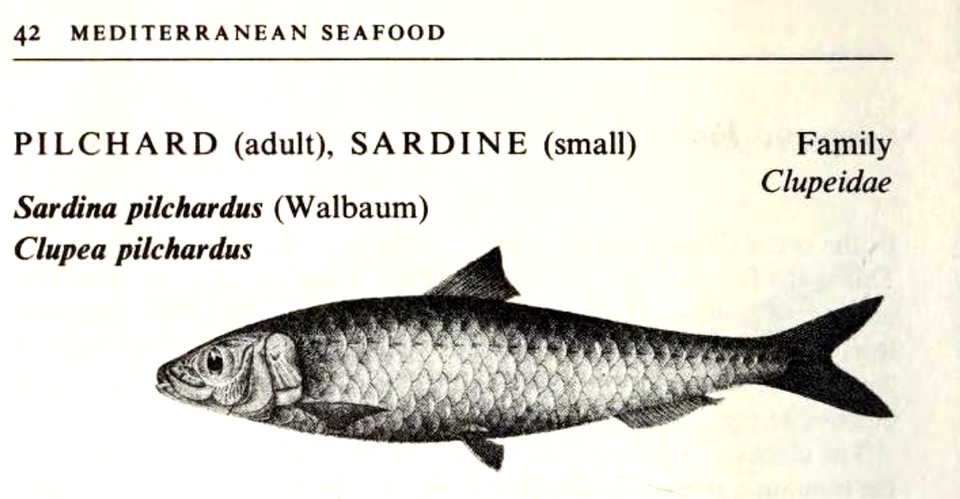
Davidson is clear. What people in Britain call a sardine is a young pilchard, Sardina pilchardus, though elsewhere many different species of small fish are called sardines.
He adds:
“Larval sardines and anchovies (p. 48) are known as poutine or poutina in the south of France, and bianchetti or gianchetti in parts of Italy.”
Could that be the source of the confusion? It is ambiguous. Are poutines larval sardines and larval anchovies, or are only the sardines larval?
In my opinion, that “larval” is misleading, because the larval stage for sardines and for anchovies is only a few millimetres long, simply floating along with other plankton. Perhaps the sentence would be clearer as “Anchovies and small sardines …”. At any rate, that’s how I read it.
Turning to page 48, Davidson correctly identifies the European anchovy as Engraulis encrasicolus and he offers a useful tip. “Note that the lower jaw projects markedly less than the upper one.”
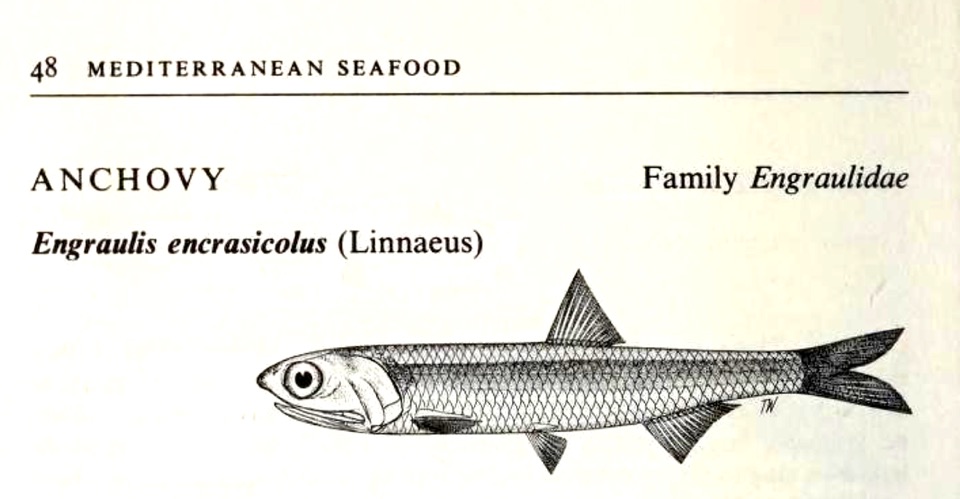
Obligatory self-promotion: The Swedish Fish Conundrum (ansjovis are sprats, not anchovies) came up in 2024’s Christmas Special Sensual, Salty, and a Little Bit Spicy.
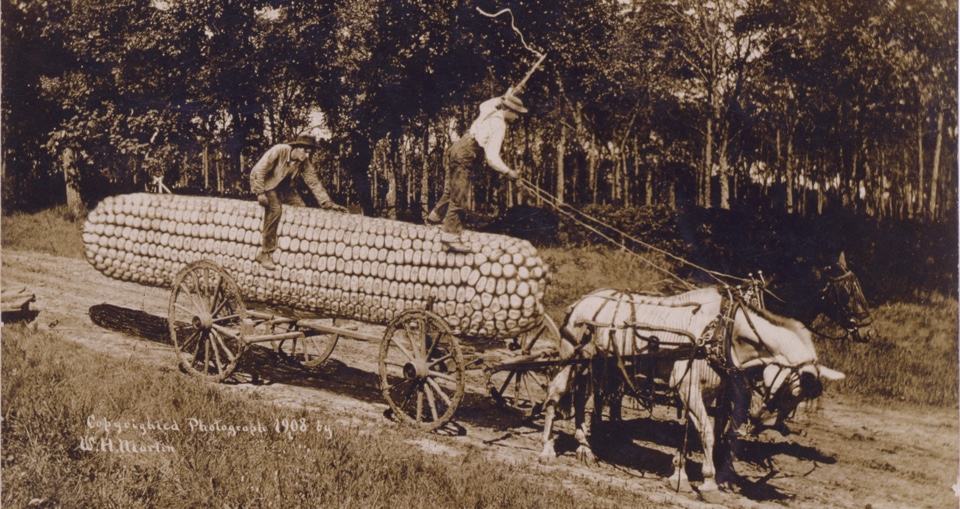


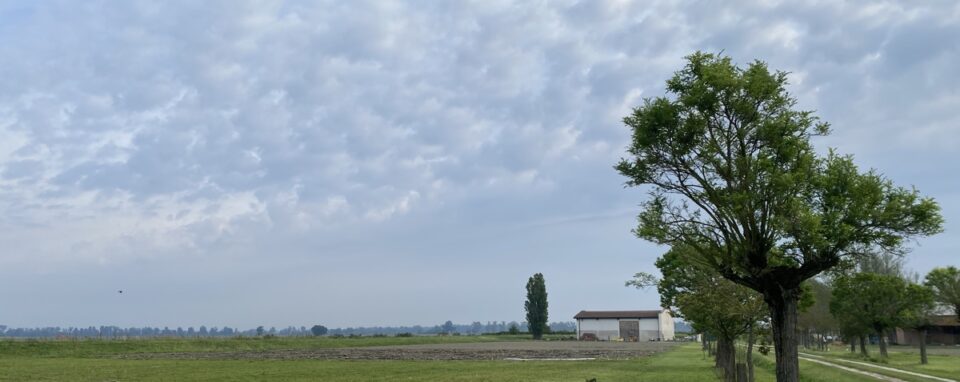
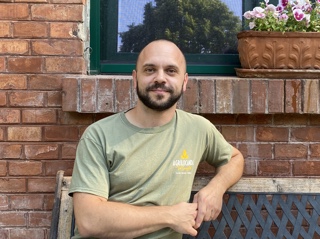
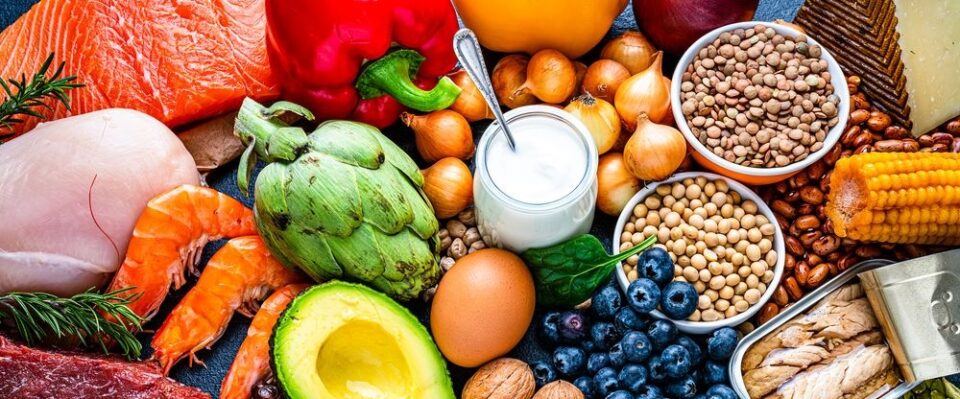
 Many countries have strict rules about who is allowed to give advice on diet and nutrition, but that doesn’t stop even qualified people from selling all kinds of snake oil. In this episode, I chatted with Tara Schmidt, a registered dietitian and lead dietitian for the Mayo Clinic Diet. We talked about fad diets, and how they are inevitably unsustainable. About weight-loss drugs and whether they are being oversold. About the frustration she feels faced with bad advice, and how the Mayo Clinic’s caution may make it slow, but also makes it sure. About her dismay faced with questions about singular foods and singular nutrients. I learned a lot.
Many countries have strict rules about who is allowed to give advice on diet and nutrition, but that doesn’t stop even qualified people from selling all kinds of snake oil. In this episode, I chatted with Tara Schmidt, a registered dietitian and lead dietitian for the Mayo Clinic Diet. We talked about fad diets, and how they are inevitably unsustainable. About weight-loss drugs and whether they are being oversold. About the frustration she feels faced with bad advice, and how the Mayo Clinic’s caution may make it slow, but also makes it sure. About her dismay faced with questions about singular foods and singular nutrients. I learned a lot.